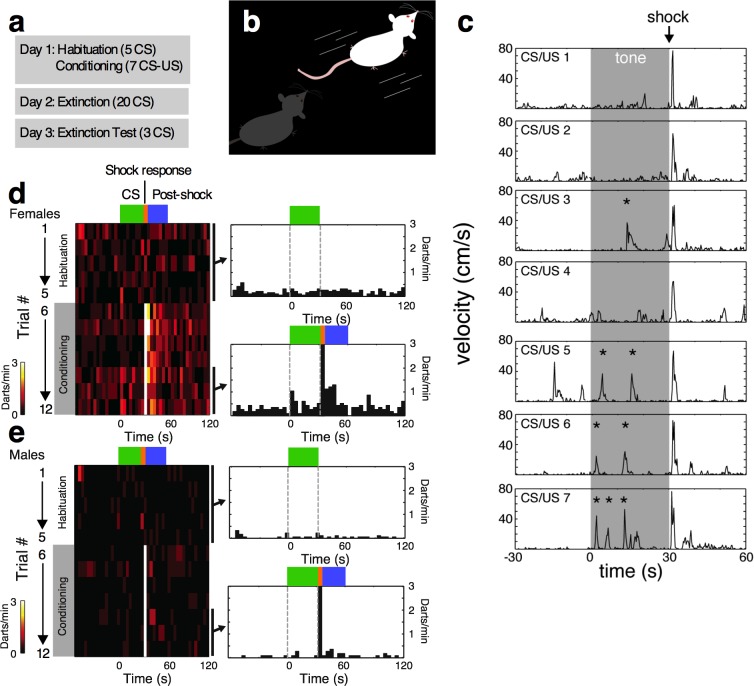Figure 1. Darting is an active learned response to the CS that occurs primarily in female rats.
(a) Experimental timeline. (b) Darts were characterized by a brief, high velocity movement across the test chamber. (c) Velocity traces from a representative animal, demonstrating increase in conditioned darting events across fear conditioning trials. Asterisks denote events that reached criterion for darting during the CS. Time 0 denotes CS onset. (d) Temporal organization of darting in all female rats. On the left is a two dimensional histogram of dart timing relative to the CS averaged over all females for 5 habituation trials and 7 conditioning trials on day 1. Trial time is on the x-axis and colored bars denote the trial epochs we defined as CS (green), shock response (orange), and post shock response (blue). Each row represents a CS trial (habituation 1–5, and conditioning 6–12), and depicts average dart rate by the color in each 4-second bin according to the color bar. On the right are histograms of the temporal organization of darts averaged over the five habituation trials (top) and the last three conditioning trials (bottom). Darts were detected and counted as described in Materials and methods. (e) Temporal organization of darting in all male rats. Panels are organized as in (d). During habituation trials, darts occurred at low rates throughout the trial in both sexes. In contrast, after conditioning only females exhibited increased darting triggered by tone onset (‘CS’) and sustained darting after shock delivery (‘Post-shock’). Both sexes darted in response to the shock itself (Shock response). In both sexes, the first bin after the shock exceeds the limits of the y-axis.

